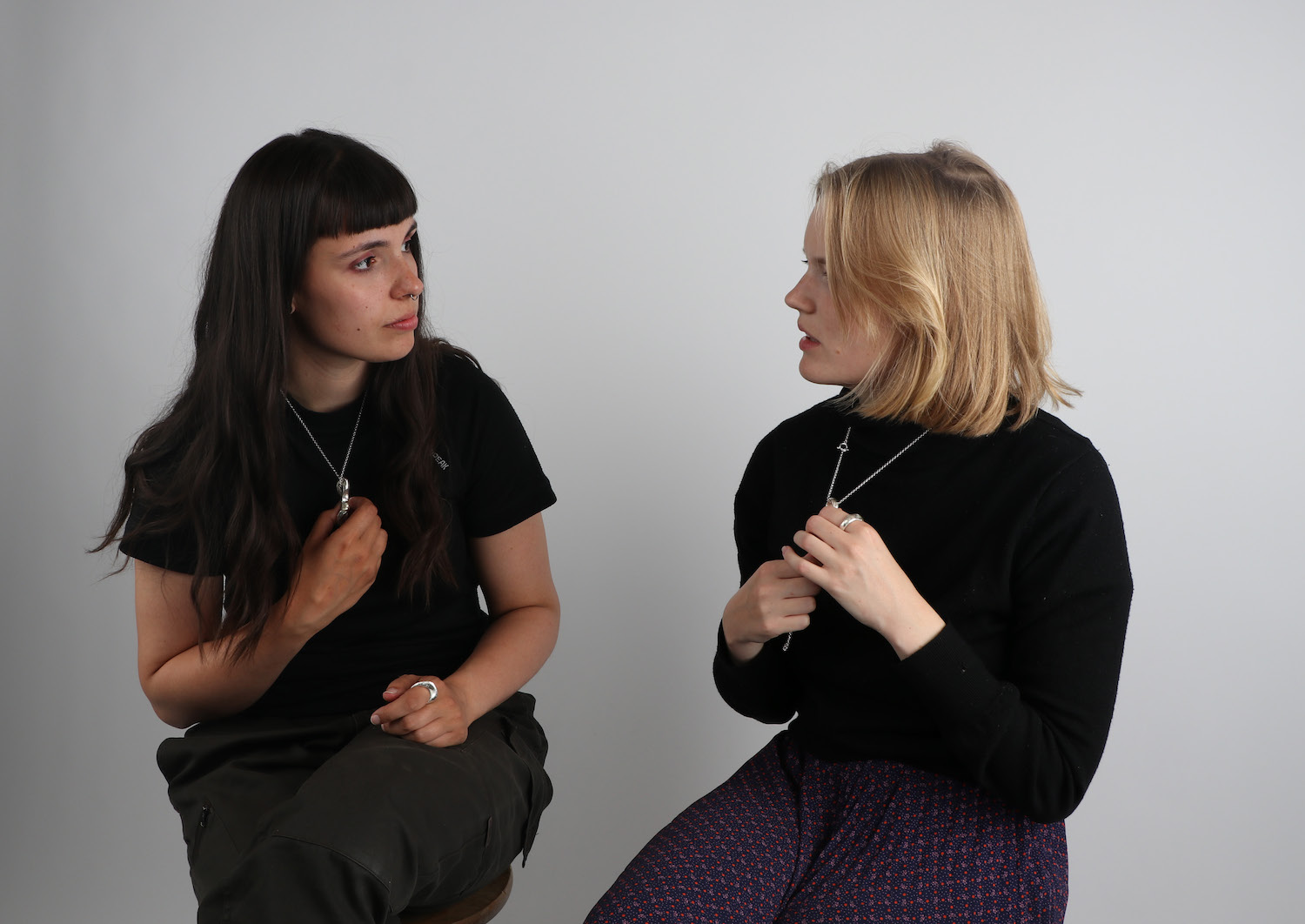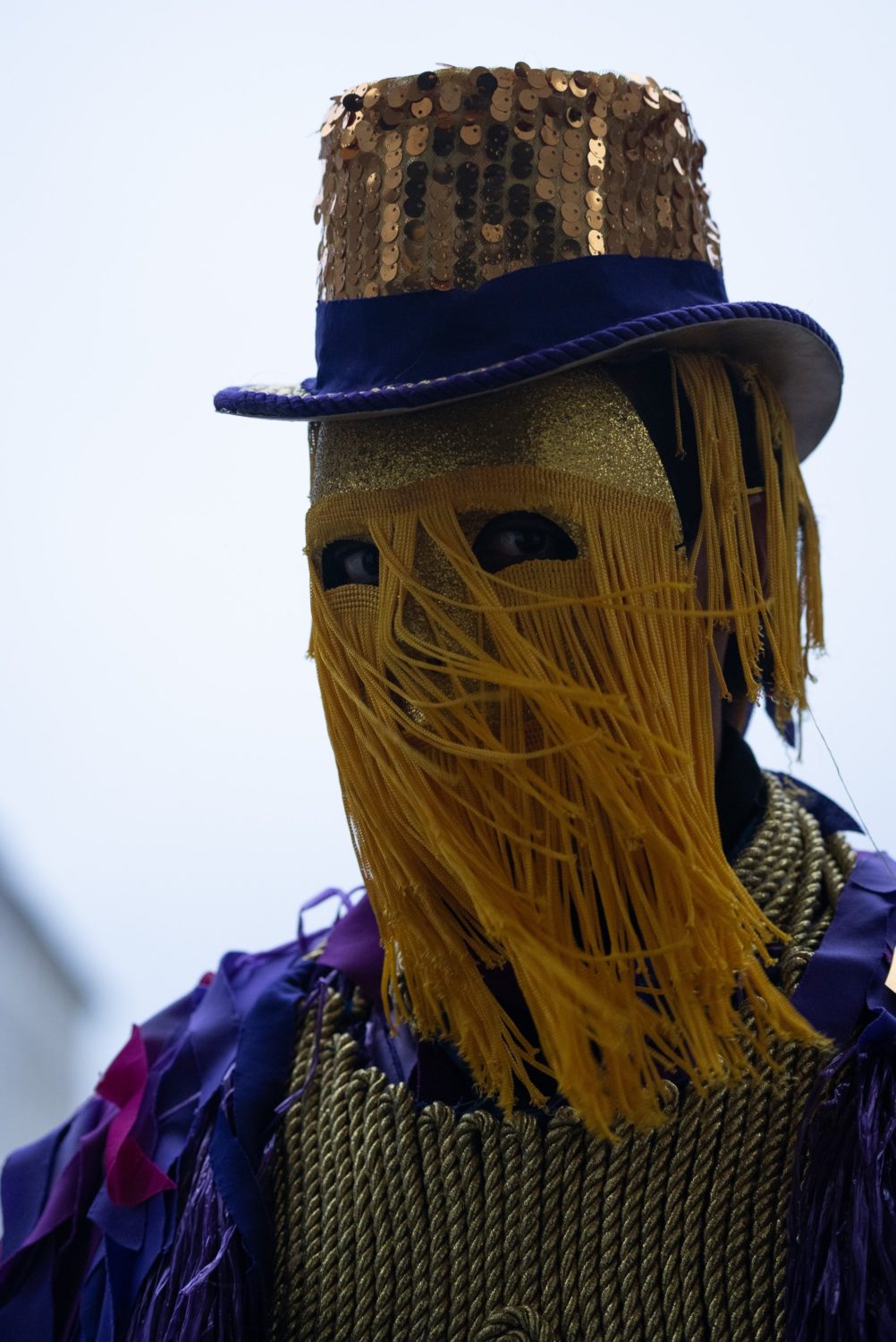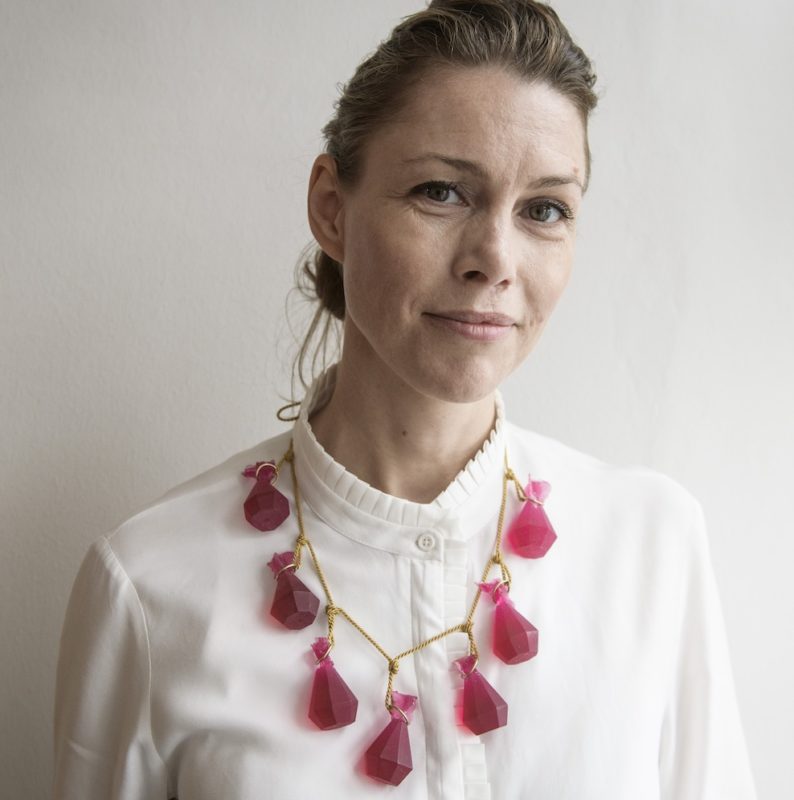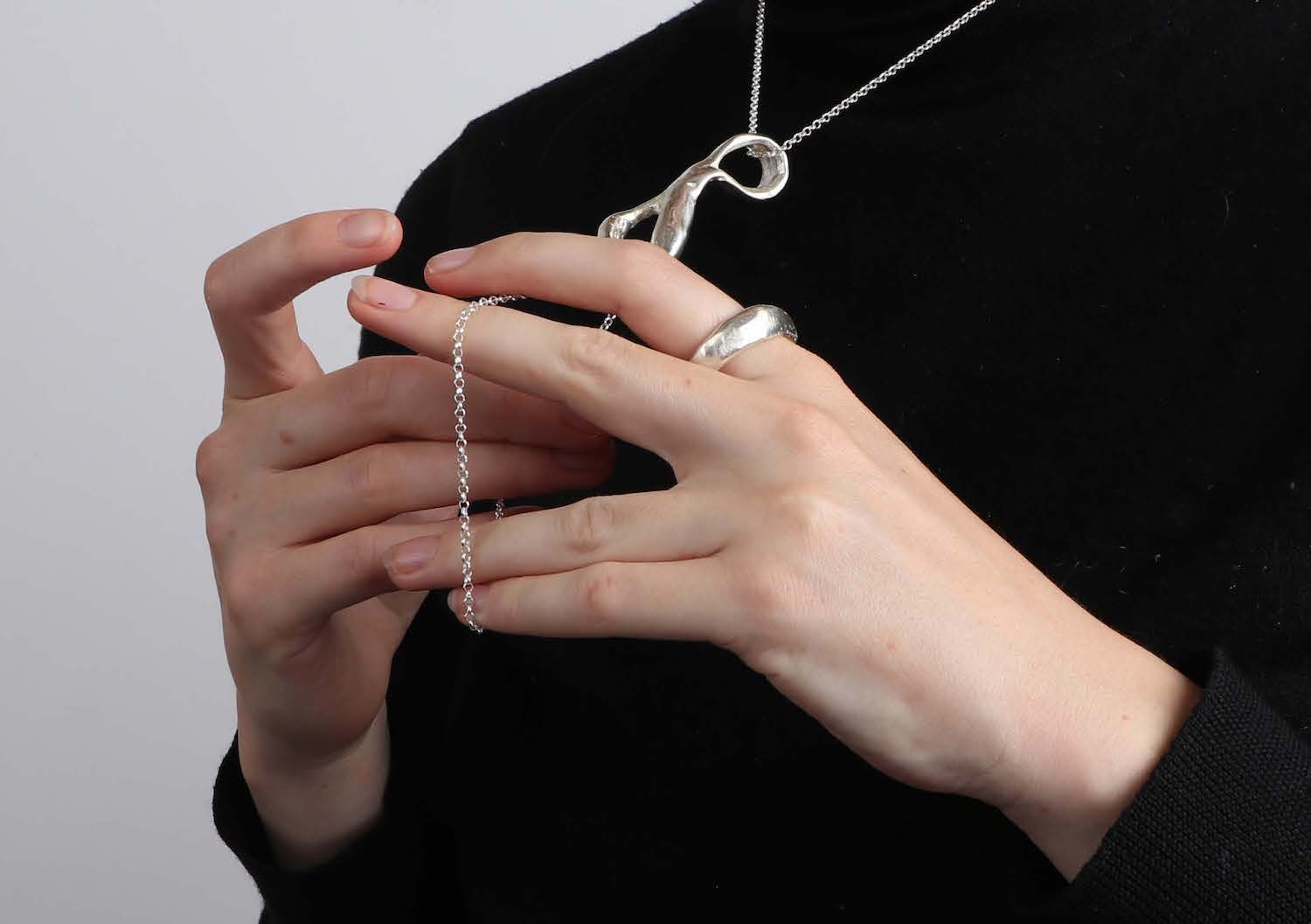Social sustainability is well on its way to becoming just as crucial as green sustainability in the design of society, from urban spaces to products and human interactions.
Before social sustainability became a recurring topic in the conversations that most of us engage in under headings such as equal opportunities, representation and structural barriers, an American architect formulated the principle of universal design. This principle was at once simple and practical in its insistence that all design solutions should be equally accessible to all without requiring special adaptations. It was also radical in its fundamental premise, which turned the user perspective on its head by making diversity the norm.
In 1998, the originator of the term ‘universal design’, Ronald L. Mace, described his humble goal as follows: ‘I’m not sure it’s possible to create anything that’s universally usable. It’s not that there’s a weakness in the term. We use that term because it’s the most descriptive of what the goal is, something people can live with and afford.’[1]
If this ‘something people can live with and afford’ is to have relevance in the future by offering something we want to live with for its beauty and artistic qualities as well as something the planet can afford – aesthetic sustainability, if you like – craft makers and designers with an artistic approach also need to contribute.

Things that do more
Sofie Graabæk Byriel is a recent design graduate from Design School Kolding. As her bachelor project in accessory design she created a jewellery collection in silver featuring necklaces, ear jewellery and finger rings that can also help alleviate symptoms of ADHD.
Byriel has always been fascinated with assistive aids and, in general, ‘things that do more’, as she puts it, and enrolling at Design School Kolding, she considered training as a prosthetist and orthotist. At the time, she was unaware that she had ADHD or that this attention deficit disorder can be alleviated by ‘stimming’, short for self-stimulating behaviour, such as fidgeting with one’s own fingers or an ear lobe or bouncing a foot up and down; acts that most of us do but which have a particularly calming or stimulating effect on persons with ADHD.
Her own, late, diagnosis of ADHD inspired her work on the collection and provided special motivation and empathy with the needs that the jewellery was intended to address. However, in order to explore the needs more broadly, she put together a user group of women who, like herself, had been diagnosed with ADHD as adults.
The choice of material for the jewellery was important for achieving the desired calming, sensory stimulating or sound-dampening effect and for meeting a typical related need for clean surfaces. ADHD has a degree of comorbidity with OCD, says Byriel. This means that ADHD is often accompanied by obsessive compulsive behaviour, such as excessive cleaning. For that reason, fur was ruled out as a potential material, while silver met all the criteria, including having a jewellery expression due to the positive values generally attributed to it.
A woman in the user group described a situation at a family dinner when the noise level became overwhelming to her. In order to continue participating and remaining present at this social occasion, she put in her ear plugs to dampen the sound. However, her act was misunderstood by her family; they thought she was opting out and saw her action as rude. The ear jewellery in the collection was inspired specifically by this story.

The social value of jewellery is an important aspect of the collection. It contains a wide range of objects that can be worn as jewellery without the design being drowned out by connotations to assistive aids or children’s toys, in contrast to many stimming objects. As Byriel puts it, ‘Jewellery offers a free space for a person to address their own needs. What you want is not to opt out or signal a sense of detachment but instead to have a neutral space where you can do your best to be present.’
No one is normal
The concept of universal design was developed and popularized by the American architect Ron Mace to describe a principle for the architectural design of society and the design of products that everyone can use, access and afford. The key term here is ‘everyone’. Universal design is a value-based principle, a design ideology that is not based on a target group with specific needs but instead aims to eliminate the notion of ‘normal’.
The politically active architect, who was a wheelchair-user, formulated a call for design that does not create a divide between ‘them’ and ‘us’, between ‘normal’ and ‘special needs’. Instead, Mace argued that our notion of normalcy is detached from reality when it defines ‘normal’ as perfect, competent and independent, since none of us really are: ‘Unfortunately, designers in our society also mistakenly assume that everyone fits this definition of “normal.” This just is not the case.’[2]
Rather than creating different designs for normal versus special needs, the basic premise of universal design is that all design should address and consider special needs, because we all have them. In his last public speech, on 19 June 1998, Mace summarizes this key point: ‘Its focus is not specifically on people with disabilities but all people. It actually assumes the idea that everybody has a disability (…).’[3]
When Mace claims that we all have a disability, it is because he adopts a lifetime perspective. Universal design offers the insight that throughout life, we all live with different levels of functioning and encounter different barriers in our engagement with everyday life and society. Hence, the ideological ambition behind universal design is to make this notion of diversity the premise of all solutions. Diversity is the norm.
Today, universal design continues to be misunderstood as the very concept it aims to challenge – design for people with disabilities. However, assistive aid design and solutions to ensure barrier-free access can mix with universal design, and products may originate in one area and move into another, for example when specially designed solutions for narrowly defined user groups and situations turn out to improve accessibility and functionality for all.
Categorizing Byriel’s jewellery as assistive aid design would be overly simplistic: even though the jewellery was designed with special needs in mind, the normalcy and dignity that the function and expression of the silver jewellery offer to all potential wearers are universal.
Social ambitions in art projects
The concept of universal design emerged within the world of architecture, and this is also where it had its main impact in the efforts to secure equal participation in society across the lifespan and all the variations of functioning, we experience in the course of life.
This effort has evolved from ensuring accessibility in public transport and buildings to also including the immaterial structures of society, and today, many types of designers have embraced universal design as a key concept. But how do designers and craft makers respond when private and public foundations issue calls for projects that celebrate the principle of leaving no one behind? What form might equal opportunities and universal design take in an art project?
In 2021, the Danish Arts Foundation’s 2018–21 Committee for Craft and Design Project Funding announced the special fund ‘Støtte til universelle designløsninger’ (Support for universal design solutions) in collaboration with the private foundation Bevica Fonden. The new fund was presented with this call: ‘How can we design for all? Apply for funding to design projects that aim to improve the aesthetics, function and equality in public spaces.’ Part of the goal was to include a new category of applicants from the field of crafts and design who were not applying to existing funds.
Mads Quistgaard, a member of the Committee for Craft and Design Project Funding in 2018–21 and CEO and design director of Urgent.Agency, sees obvious reasons for Danish designers and makers to engage with universal design:
‘Universal design is a rising trend in the countries around us, and this marks a golden opportunity for all makers and designers in Denmark to get onboard and create artistic solutions that benefit as many people as possible.’
Thus, it was a key priority for Mads Quistgaard and the other members of the committee to work with universal design during their tenure with the Danish Arts Foundation:
‘Why is everything designed for a man who is 180 cm tall and has perfect vision? Part of the explanation is that as designers and makers, we often base our work on people who look like us or on powerful stereotypes. The Danish Arts Foundation tends to appeal in particular to privileged practitioners, who usually address a fairly narrow audience. Thus, as a committee, we felt we had a responsibility to encourage the field to create forms for the many. Universal design is often associated with slightly dull and invisible design, and the Danish Arts Foundation is in a position to change this by highlighting the area and attracting the most experimental and artistic practitioners. At least, that is our dream.’
At Urgent.Agency, universal design is also an integrated part of Mads Quistgaard’s own practice:
‘At Urgent.Agency, universal design guides all our work with widely accessible designs – a natural choice, especially in public settings. This includes classic design virtues such as legibility, visual contrast, clarity, choice of materials, easy access and so forth. To us, it is interesting that the same mindset is having an impact at the executive level by raising fundamental questions, such as, “How can everyone feel included?”, which influence the companies’ value base and core narratives and, in turn, are reflected in interior design, employer branding and so forth.’
Artistic quality for all
But why design for diversity, apart from the obvious benefit of championing fairness? Higher quality and better business are among the positive outcomes backed by research. Excluding the full diversity of identities, life experiences and levels of functioning from the design and use of solutions and art in our society simply means missing out on quality and relevance.
Sofie Graabæk Byriel did not see any conflict between user involvement, consideration of special needs and her freedom to make and execute decisions about form and artistic expression in her bachelor’s collection. In fact, she found that the two aspects of her process had a positive impact on each other:
‘User involvement as a method was wildly inspiring. My interaction with the users led to inspiration and solutions I never anticipated. They were deeply invested in the project and gave me insights, feedback and ideas. For their part, they felt seen and heard. So when I thanked them, they interrupted to thank me.’
Universal design was and is an ideal of designing for a diversity of sizes, needs and levels of functioning – every time. This principle of including everyone has helped change legislation and shape standards and certification and has been manifested in accessible public spaces. Today, we have an increased focus on equality and question norms and invisible structures that used to be taken for granted. This adds renewed relevance to the ideal of universal design in the design of all material and immaterial aspects of society. Universal design takes on ever greater relevance as a perspective in art projects and as an area that stands to benefit from artistic perspectives.

Sources of research, learning and inspiration related to universal design
Certification or specific project requirements are simple to convey in a clear and actionable manner in relation to specific tasks. However, the effort to integrate the dynamic and less quantifiable ideals of universal design and diversity in an artistic practice may benefit from inspiration from projects that have grappled with some of the considerations and user-involving methods that universal design implies. Below are references to the sources mentioned in the article and a (non-exhaustive) list of art projects and policies aiming to heighten artistic quality through diversity, equality and equitable access.
[1] From a speech by Ronald L. Mace, FAIA, at ‘Designing for the 21st Century: An International Conference on Universal Design’ on 19 June 1998 at Hofstra University, Hempstead, New York, published on the website for the Center for Universal Design, NC State University, College of Design. https://projects.ncsu.edu/ncsu/design/cud/about_us/usronmacespeech.htm (accessed 6 September 2022).
[2] Ibid.
[3] Ibid.
- Danish Arts Foundation and Bevica Fonden published an inspiration guide to universal design solutions for makers and designers (in Danish only): https://slks.dk/fileadmin/user_upload/SLKS/Tilskud/Kunsthaandvaerk_og_design/Universel_Design_Guide_til_kunst_Low_res_op.pdf
- Bevica Fonden’s goal is to create a more inclusive and equal society for all. The foundation operates Universal Design Hub, which facilitates two interdisciplinary research networks for universal design. Among the participants are Eva Brandt, professor and head of Lab for Social Design at Design School Kolding, and Masashi Kajita, associate professor at the Royal Danish Academy: bevica.dk
- Enact:Lab is a consultancy agency that takes a research-based approach to social sustainability. It created the above-mentioned inspiration guide in collaboration with the Danish Arts Foundation and Bevica Fonden: enactlab.com
- Sofie Graabæk Byriel has a bachelor’s degree in accessory design from Design School Kolding. Her Instagram profile is @flyinglawnchair.
- Mads Quistgaard is a CEO and design director of Urgent.Agency, which applies universal design as an underlying in all its solutions: https://urgent.agency/category/work/For inspiration he points to two different trends in universal design within the fields of landscape and urban space design: ‘I think Danish landscape architects, especially SLA, are doing amazing work. They are succeeding in ensuring access for all through artistic solutions.’ https://www.sla.dk/cases/Friendship Park in Uruguay is another example, which does not hide but highlights the fact that it is a public space for all, including people with disabilities. ‘In a way, it’s the opposite of the beautiful but also somewhat hidden solutions applied in Denmark. It highlights and celebrates human diversity and doesn’t try to conceal it with attractive urban nature.’ https://www.archdaily.com/770600/friendship-park-marcelo-roux-plus-gaston-cuna
- In the world of visual art, Jeanette Ehlers’s persistent treatment of Denmark’s colonial forgetfulness is one of the most powerful examples of an artistic practice that achieves both an activist exposure of repressed injustice and an expansion of the space of art to include everybody in a healing, poetic artistic experience. As such, her works may serve as inspiration or as evidence that social sustainability is compatible with high artistic quality. This was demonstrated most recently in her solo exhibition Archives in the Tongue: A Litany of Freedoms at Kunsthal Charlottenborg. https://kunsthalcharlottenborg.dk/da/udstillinger/jeannette-ehlers/In an episode of the weekly radio programme Uden titel (Untitled) at DR’s (Danish Broadcasting Corporation) P1, Ehlers talks to Caspar Eric about the exhibition New Red Order Presents: One if by Land, Two if by Sea and her own exhibition, both at Kunsthal Charlottenborg: https://www.dr.dk/lyd/p1/uden-titel/uden-titel-22
- Billedkunstnernes Forbund (Danish Visual Artists ) has adopted a policy on equal opportunities and diversity. The organization’s website contains a sub-site with background articles on equal opportunities and representation in the art scene: https://bkf.dk/kunstliv/publikationer/ligestilling-i-kunstlivet/
- Kunst & Kultur i Balance (Art & Culture in Balance) is an expansive network of artist associations working to break down structural barriers and promoting the notion that equal representation and inclusion are a strength and a necessity. The network shares a number of studies and reports as well as a knowledge manual and a guide with arguments one can use in conversations about equal opportunities:
https://kunstogkulturibalance.org/viden-og-erfaring/
- In the Danish Arts Foundation’s publication from January 2022, Værdi, vækst, virkelighed (Value, growth, reality), Tina Midtgaard has contributed with an essay on universal design: ‘Leave no one behind’ (p. 78): dk/fileadmin/user_upload/Kunst_dk/Dokumenter/Om_os/Publikationer/2022/V%C3%A6rdi_V%C3%A6kst_Virkelighed_web.pdf
- Ronald L. Mace (1942–1998) was an architect, designer and professor. He formulated the concept of ‘universal design’, was a contributor to the Americans with Disabilities Act and the founder of Center for Universal Design at the School of Design, North Carolina State University in Raleigh, North Carolina. The university website features Mace’s final public speech, in which he summarizes the meaning of the concept of universal design: projects.ncsu.edu/ncsu/design/cud/about_us/usronmacespeech.htm
- Rumsans (Spatial Sense) is a knowledge portal about universal design created by BUILD, Department of the Built Environment, at Aalborg University: rumsans.dk
About the writer
Anni Nørskov Mørch is an art historian and works as an independent curator and writer. She has been responsible for exhibitions, research and dissemination projects in the intersection between art, craft and design and in recent years has been particularly interested in jewelery and their ability to connect the intimate with the collective. From January 2022, she is also committee leader for the Danish Art Fund’s Project Support Committee for Crafts and Design.
anninomo.com
Portrait photo: Palle Peter Skov.



